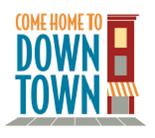Putnam Pushing New Reputation as Arts and Culture Mecca, Gaining Recognition
/When the Connecticut Main Street Center announced its Award of Excellence would go to the Town of Putnam, the Putnam Business Association, and the Putnam Arts Council for First Fridays in Downtown Putnam, there may have been more than one individual uncertain as to why.
Many around the state may have been unaware of the northeastern Connecticut community’s goal of connecting artists, audiences, and arts and culture agencies to enhance the economic vitality of the community, while also showcasing downtown assets including a Bandstand and Outdoor Stage, the Downtown Farmers' Market Pavilion, and the local scenic River Trail.
Driven by the vision to create a 'sense of place' and feature their downtown destination, the Town, the Business Association and the Arts Council collaborated to launch a monthly arts and culturally based Street Faire from May to October each year. Now in its fifth year, the initiative has proven quite successful.
In 2014, approximately 3,000 people attended each event, with 15-20 street artisan vendors participating. The success of First Fridays has demonstrated the town's credentials as a 'destination' in Connecticut. Putnam was voted #4 Fan Favorite Town through the state Office of Tourism in 2013, and #2 Town in 2014 - the only town in the top 5 without waterfront. To overcome the obstacles of empty storefronts, the Putnam community worked diligently to reinvent itself as the arts and cultural hub of northeastern Connecticut, leading to recognition by Boston Magazine as "One of the Best 15 Small Towns to Visit in New England".
First Fridays define cultural diversity with a different theme each month. These themes are explored through dance, theatre & storytelling, architecture, song, food, and folklore. Each monthly theme includes: 'Art Attacks' - random acts of art to surprise, entertain, and educate; 'Menu Celebrations' - local restaurants designing and creating menu specials to pair with the monthly theme; plus street bands, artisan vendors, and children events.
This year, the overarching theme is 'A Century of Art'. To start this year, the monthly themes have been: May - Turn of the Century; June - The Roaring 20's / The Jazz Age; July - The 1940's / WWII and the Arts; August - Pop Art of the 1960's;. Still to come: September - The 1980's / Urban Art; and October - Turn of the Century / The Digital Age.
First Fridays "feature great live entertainment, a variety of art vendors lining the streets, fun and interactive art projects, and stimulating events" hosted by such downtown galleries as Arts & Framing and the Sochor Gallery, The Empty Spaces Project Gallery, Sawmill Potteryand Silver Circle Gallery, according to the event website. Officials say that since the inception of First Fridays, the exponential growth has been manageable only because of business partners, volunteers and partners stepping up to assist with the Town administration. Town employees provide services for sound systems, street closures and safety measures. Police traffic patrol has been set in place; corps of volunteers handle facilities management; and valet service companies have been hired by restaurants to assist with parking.
Putnam has begun to be described as “a mecca of revitalization and community pride.” Participants last year, for example, were given disposable cameras to take shots of Downtown architecture. The photos were then pieced to create a 9' X 3' collage spelling out the word "PUTNAM". Educating and advocating through multi-disciplinary and inter-generational events has earned new found recognition for Putnam, and made First Fridays a destination for audiences from Northeast Connecticut, Rhode Island, and Massachusetts. All of which makes the recognition from the Connecticut Main Street Center less surprising.


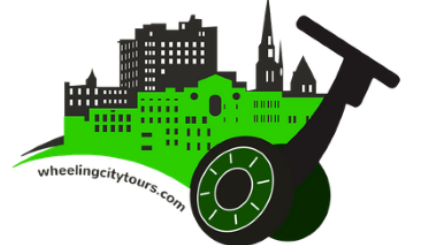
 For the first time in the history of the awards program, a state agency was also selected to receive an award. The CT Department of Transportation received a special award for Starting a Revolution: Integration of Land Use and Transit in recognition of the progressive nature of CTfastrak, the bus rapid transit system opened earlier this year. The awards jury that selected the winners gave the award because they felt the new busway represents a cultural shift in how Connecticut views transit, and wanted to acknowledge the future promise of transit oriented development that will hopefully result around the station locations.
For the first time in the history of the awards program, a state agency was also selected to receive an award. The CT Department of Transportation received a special award for Starting a Revolution: Integration of Land Use and Transit in recognition of the progressive nature of CTfastrak, the bus rapid transit system opened earlier this year. The awards jury that selected the winners gave the award because they felt the new busway represents a cultural shift in how Connecticut views transit, and wanted to acknowledge the future promise of transit oriented development that will hopefully result around the station locations.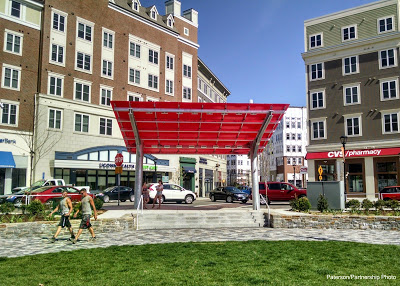
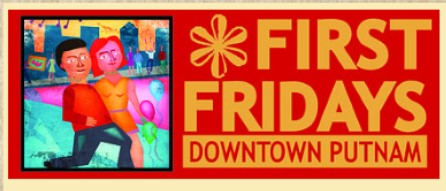
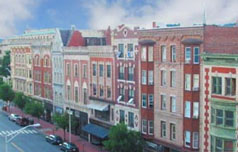
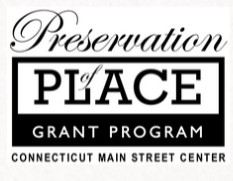 The Preservation of Place grant program provides a source of funding for new initiatives that can be integrated into, and leverage, comprehensive Main Street preservation and revitalization programs. The funds are meant to be flexible to meet individual community need.
The Preservation of Place grant program provides a source of funding for new initiatives that can be integrated into, and leverage, comprehensive Main Street preservation and revitalization programs. The funds are meant to be flexible to meet individual community need.
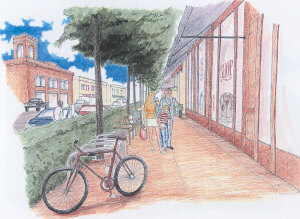
 he state’s downtowns, one that commands attention and respect for being forward-thinking while preserving the integrity and values of the past. At CMSC, “we'll continue to promote the
he state’s downtowns, one that commands attention and respect for being forward-thinking while preserving the integrity and values of the past. At CMSC, “we'll continue to promote the 


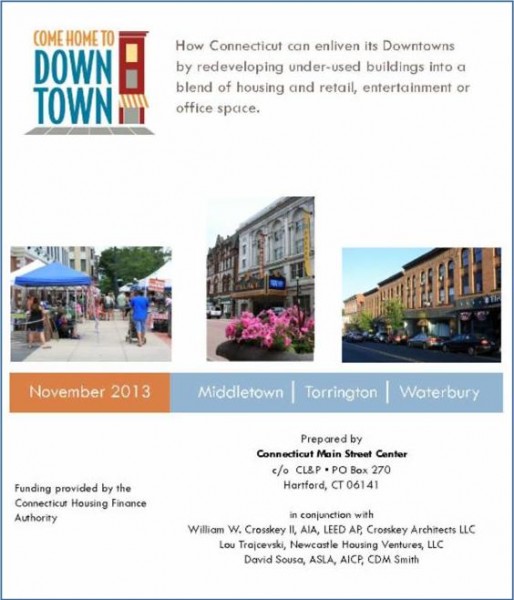 in mixed-use neighborhoods are one-third to one-half lower than in suburban areas. It has been estimated that every downtown in Connecticut has at least one building that is under-utilized, containing a store or restaurant on the first floor, but with upper floors that are vacant or used for storage that could instead generate income if converted to apartment homes.
in mixed-use neighborhoods are one-third to one-half lower than in suburban areas. It has been estimated that every downtown in Connecticut has at least one building that is under-utilized, containing a store or restaurant on the first floor, but with upper floors that are vacant or used for storage that could instead generate income if converted to apartment homes.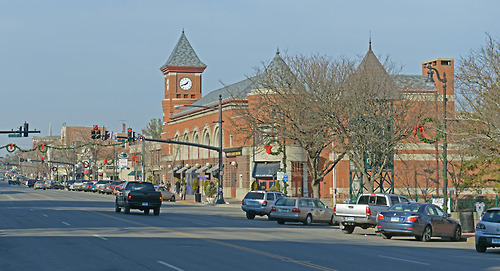 ent, they are often not enough to enable mixed-use growth. Favorable zoning regulations are important, but they cannot create mixed-use development by themselves. Each of the pilot communities had zoning policies that allowed for buildings with a mix of uses - a practice which should be commended and encouraged - but there were still significant impediments to promoting this type of growth. In addition, lessening current on-site parking requirements as a whole will also help promote housing in our downtowns.
ent, they are often not enough to enable mixed-use growth. Favorable zoning regulations are important, but they cannot create mixed-use development by themselves. Each of the pilot communities had zoning policies that allowed for buildings with a mix of uses - a practice which should be commended and encouraged - but there were still significant impediments to promoting this type of growth. In addition, lessening current on-site parking requirements as a whole will also help promote housing in our downtowns.